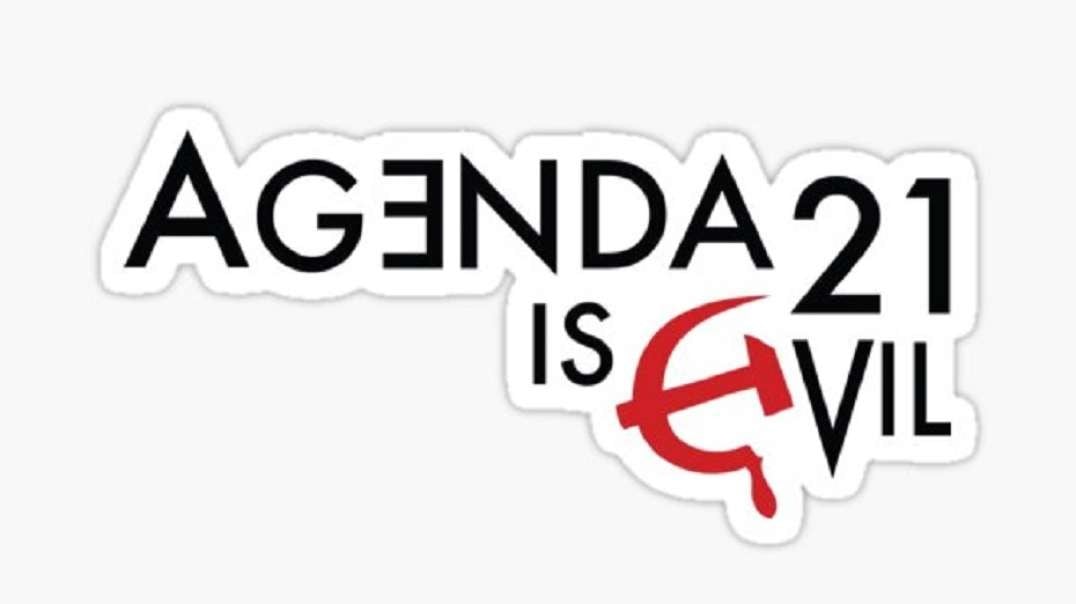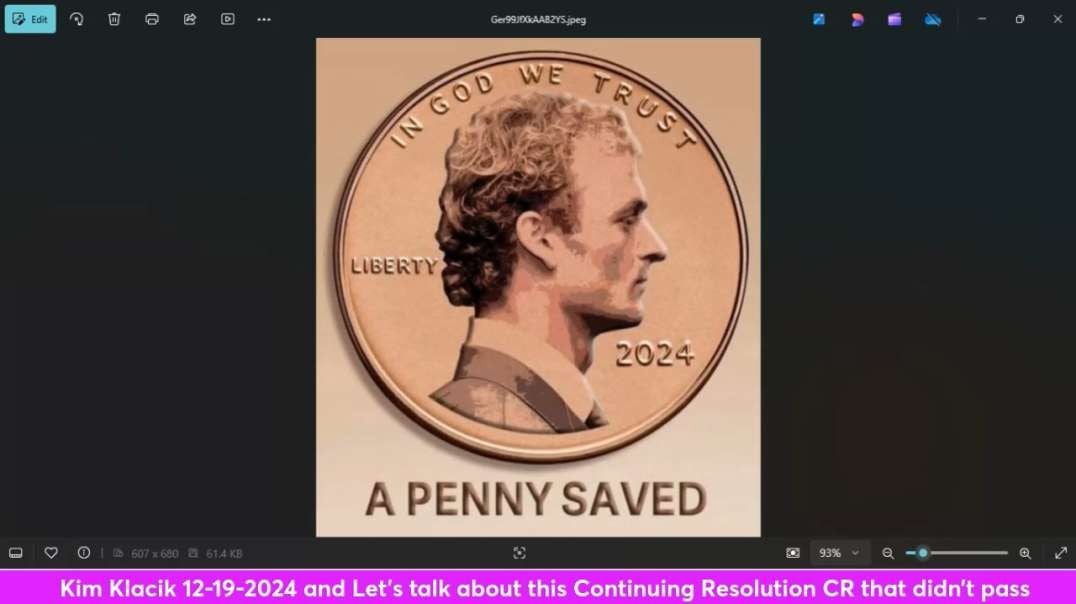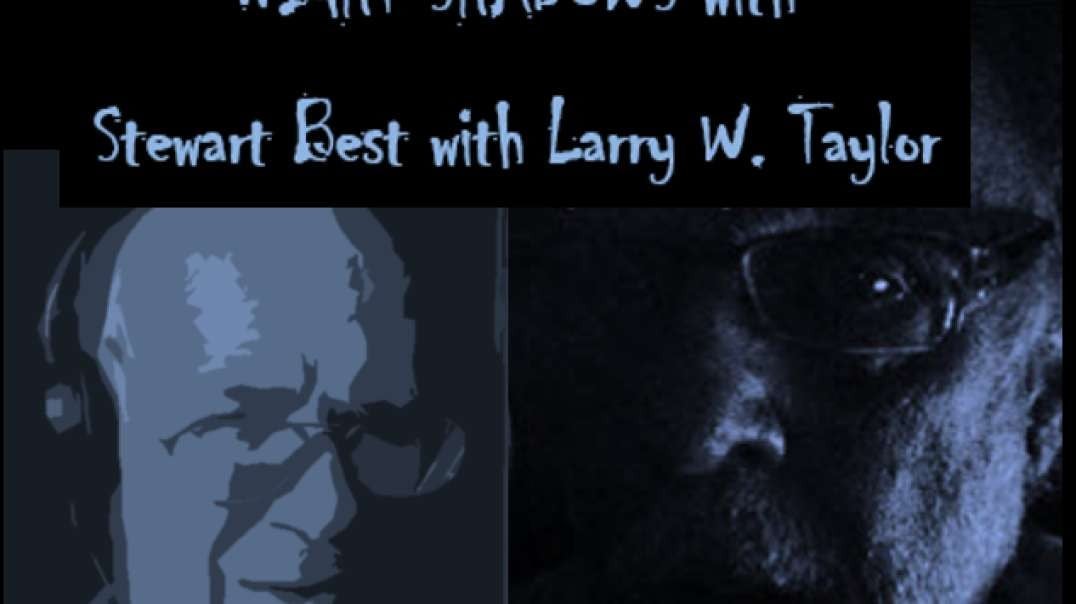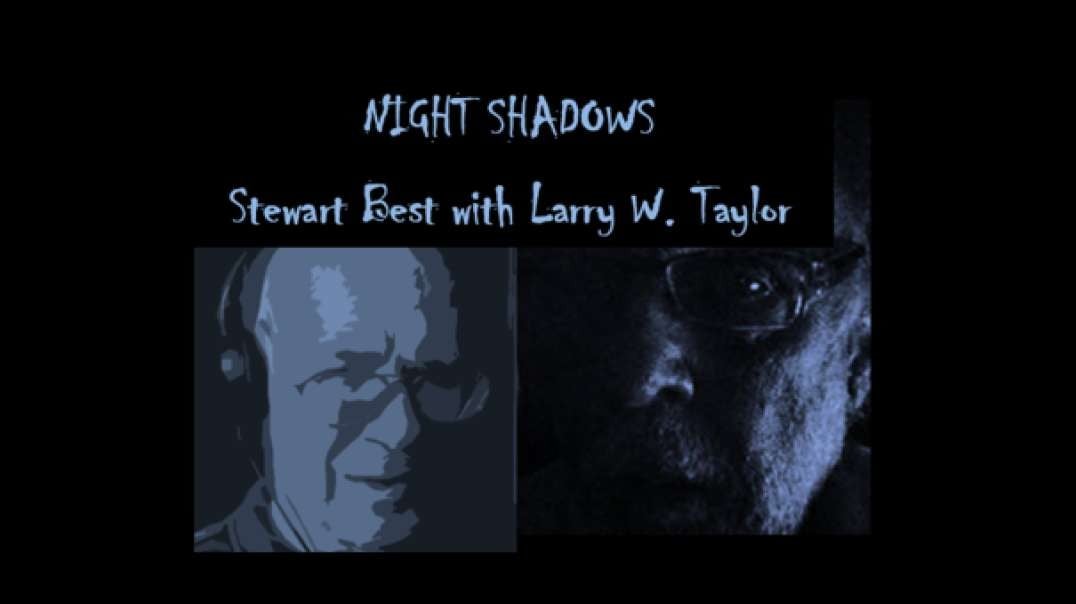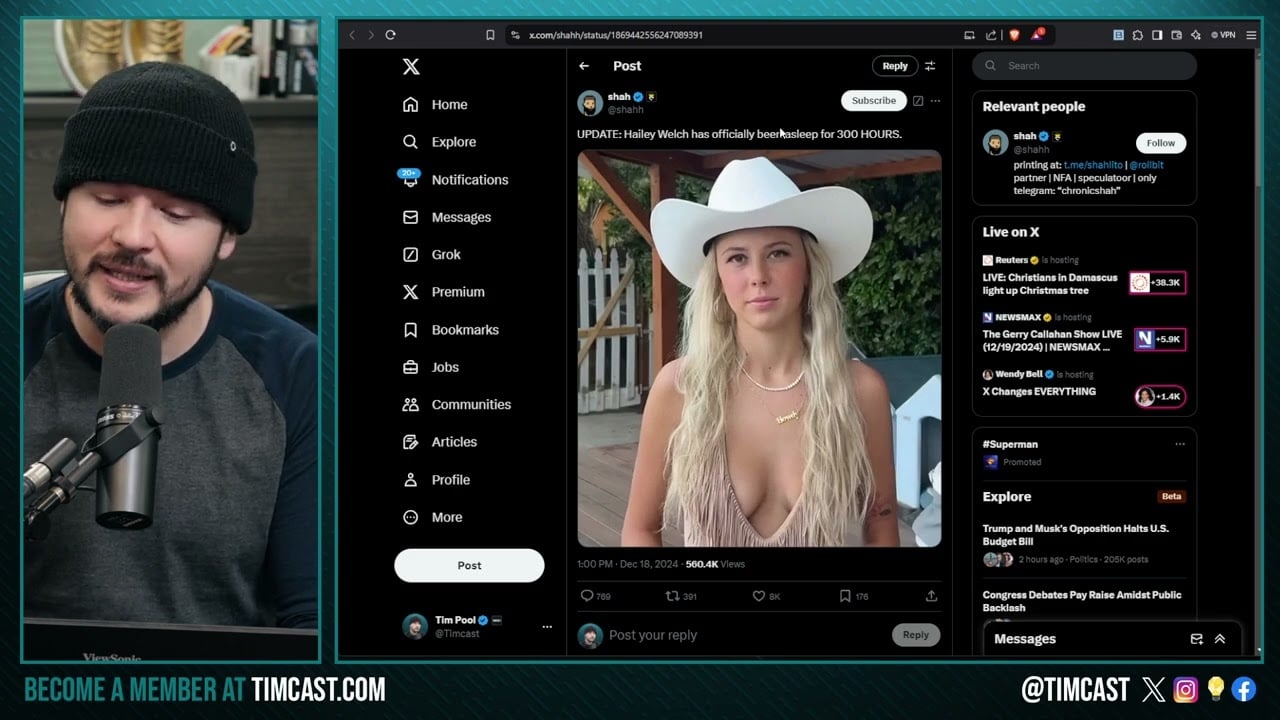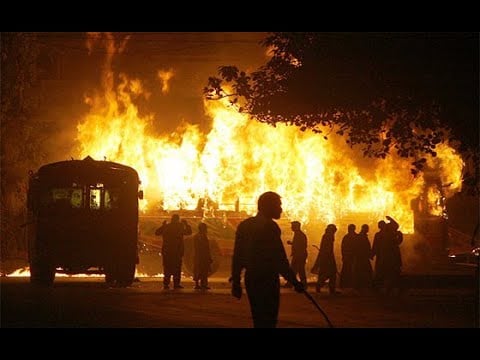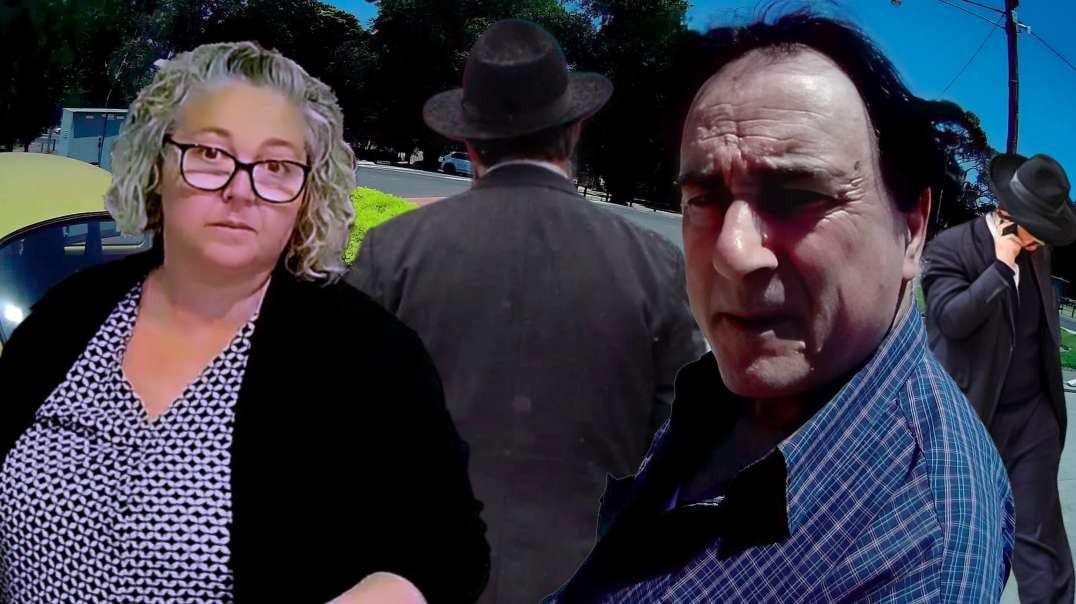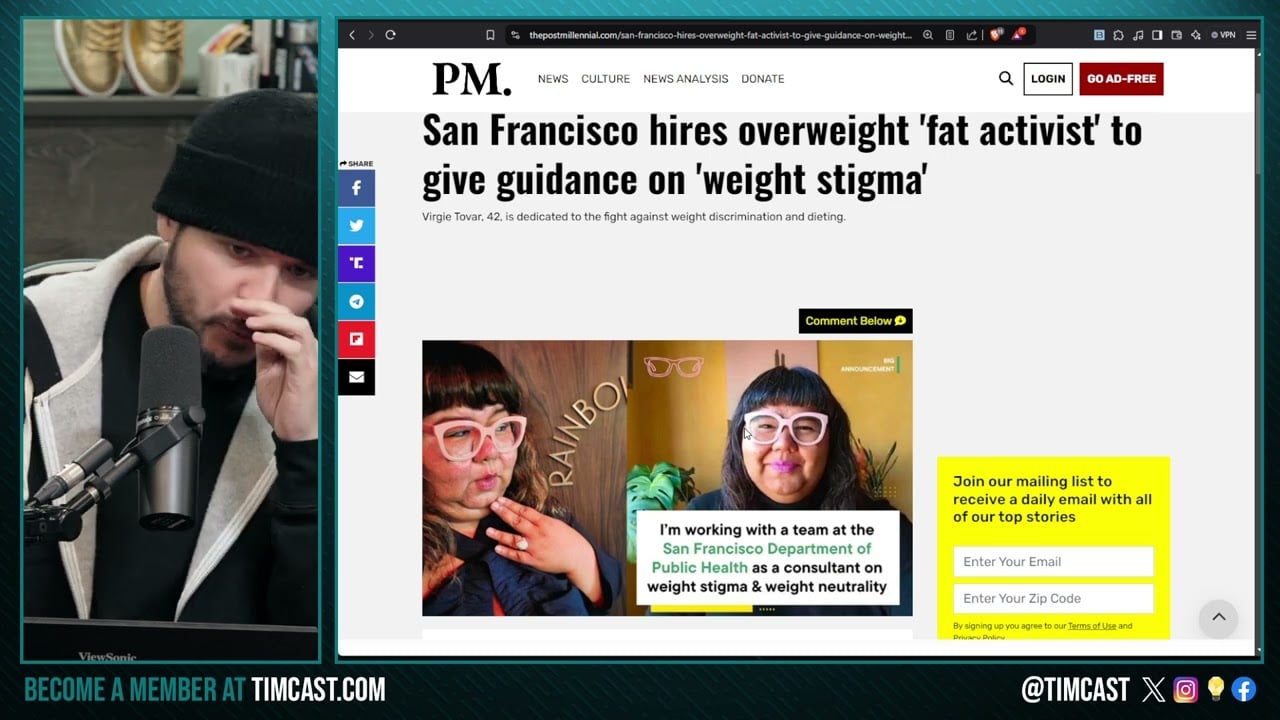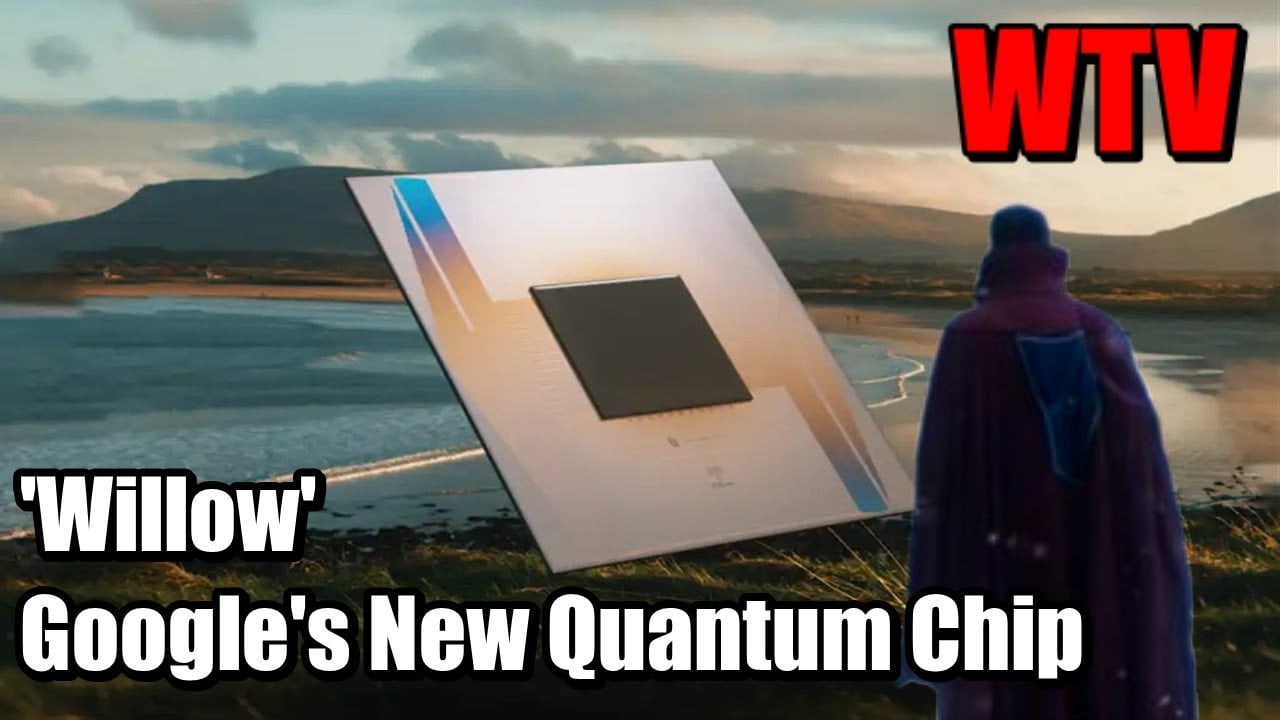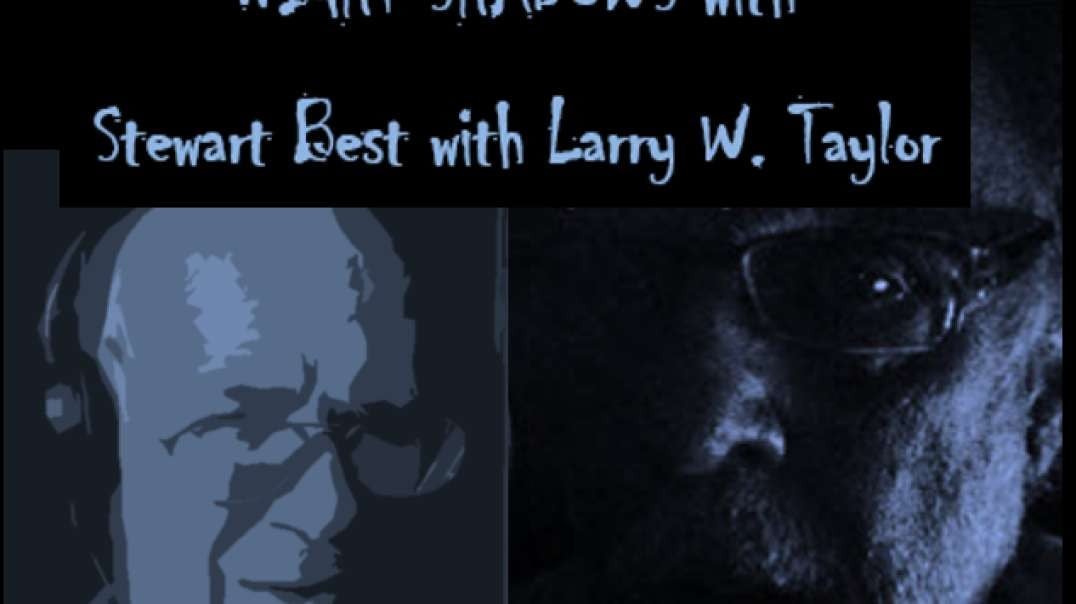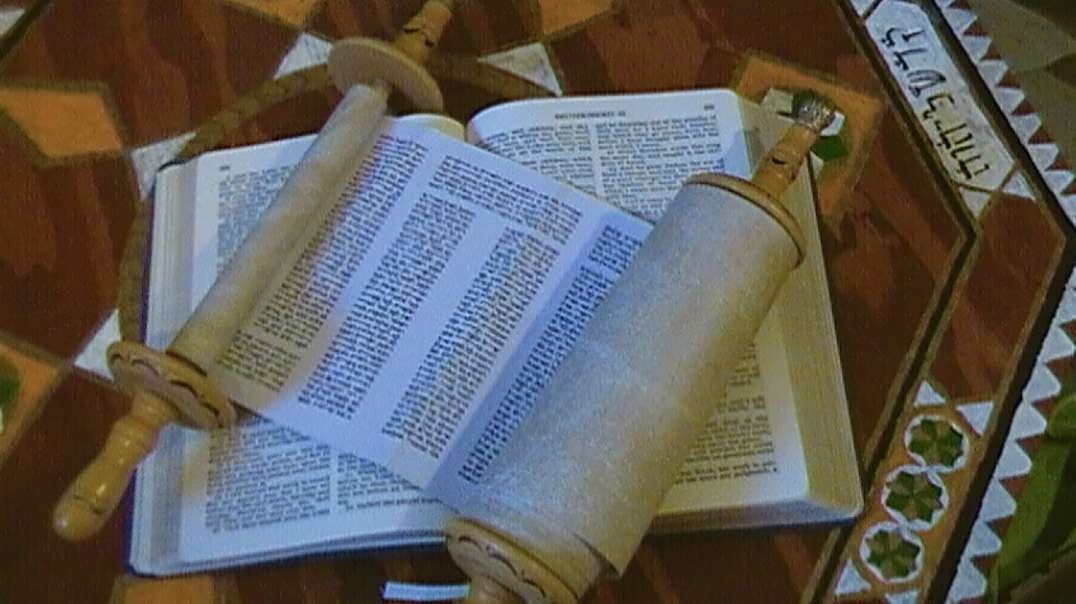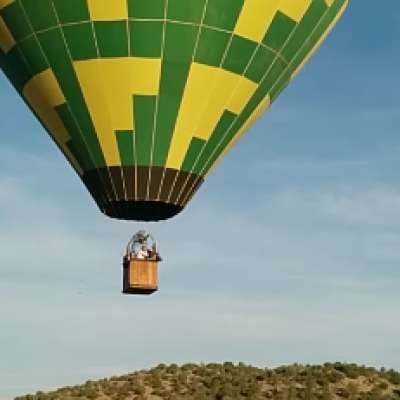146.700 Ham Repeater Conversation About Guns War And Japs Jacksonville Florida Repeater
JaxRadio.net
W4IZ REPEATER SYSTEM
VHF: Input 146.1 MHz Output 146.7 MHz
UHF: Input 449.4 MHz Output 444.4 MHz
127.3 Hz CTCSS Tone
-------------------------------------------
Contractor construction work at downtown site will cause W4IZ/R to be off the air and/or subject to coverage reductions, static, etc. through May.
-------------------------------------------
To Use Downtown VHF Receiver, transmit a 103.5 Hz CTCSS Tone
To Use Dames Point VHF Receiver, transmit a 127.3 Hz CTCSS Tone
Tone Decode Squelch must pass 127.3 Hz CTCSS Tone.
------------------------------------------------
The W4IZ repeater system allows operators, especially those using mobile and low-powered transceivers, to communicate reliably over longer distances.
W4IZ transmits from downtown Jacksonville on 146.700 and 444.400 MHz. A remote receiver on the Dames Point Bridge adds to VHF coverage.
The W4IZ repeaters are available for use by duly-licensed Amateur Radio operators. The VHF 146.7 MHz. repeater is analog FM while our UHF 444.4 MHz repeater includes analog and Yaesu digital voice.
Our technical committee includes hams who also work or have worked in commercial communications. Plus others who answer the call when "heavy lifting" is required.
W4IZ is always looking for volunteers. One need not have electronic experience to become involved. There are tasks for everyone regardless of license class or prior experience. Attend the next NOFARS meeting to volunteer.
.-.-.-.-.-.-.-.-.-.-.-.-.-.-.-.-.
146.7 DOWNTOWN RECEIVER SELECTION
The downtown W4IZ/R secondary receiver operates continuously. With lower antenna height, it is not quite as sensitive as the main Dames Point receiver. In some areas, better communications may result when the secondary receiver is selected.
The Dames Point main receiver requires users to transmit a 127.3 Hertz CTCSS tone and W4IZ's transmitter adds a similar tone to outgoing signals. Operators using a 127.3 Hz tone only access the Dames Point receiver.
To use the downtown receiver instead, transmit a 103.5 Hertz CTCSS tone (tone encode). Remember that the repeater transmitter will continue to use 127.3 Hz. If your receiver uses tone decode squelch, program it to accept 127.3 during receive--not 103.5 Hz. when using downtown. Or turn receive tone decode off.
HINT: Program a separate memory slot for 146.1 MHz plus 103.5 Hz CTCSS during transmit and 146.7 MHz plus 127.3 Hz. CTCSS during receive to use the downtown receiver.
.-.-.-.-.-.-.-.-.-.-.-.-.-.-.-.-.
NEW FORMAT FOR W4IZ UHF 444.4 MHZ
**444.4 is now in multimode. It repeats ANALOG & DIGITAL C4FM on UHF
**Traffic on 146.7 or 444.4 (Analog Mode) will be transmitted on both repeaters. Digital Mode traffic on 444.400 DOES NOT retransmit on 146.7
**The Friday night nets on Echo Link CANNOT be accessed on 444.4, however these can be received on 444.4
.-.-.-.-.-.-.-.-.-.-.-.-.-.-.-.-.-.-.-.
W4IZ NET SCHEDULE
NOFARS WWD Net----------------Monday 8:00PM
Duval ARES Net---------------Weds. 7:30PM
Worldwide Net (Via Echolink)--Friday 8PM
.-.-.-.-.-.-.-.-.-.-.-.-.-.-.-.-.-.-.-.-.
W4IZ REPEATER HISTORY
The W4IZ 146.7 MHz repeater began operation in May 1999. To counter objections from those who didn't want a repeater supported by NOFARS general funding, startup costs were paid for independently with an indefinite term, zero-interest loan plus donations of equipment by several NOFARS members.
In addition to donating money and equipment, these "Friends of NOFARS" worked many hours to activate the W4IZ 146.7 MHz. repeater from the old Jacksonville City Hall on Bay St. The next year, they added the 444.4 MHz. UHF repeater and a remote receiver site on the Dames Point Bridge.
To help pay future expenses and keep repeater finances separate from NOFARS general fund, Friends of NOFARS started two annual outdoor gatherings--the March Jacksonville Radio FREE Flea and the October Jacksonville FREE Hamfest in October. Income is produced through donations, prize drawings and other activities at these gatherings.
Through a string of remote receivers and links to repeaters in Putnam and Bradford counties, the W4IZ repeater system expanded to cover the sprawling Florida Crown ARES District that stretched from south of Palatka northward to the Georgia line. This expanded capability proved helpful in April 2002 when an Amtrak train derailed on an isolated stretch in Putnam County. Six died and hundreds were injured in the derailment. W4IZ/R linked the crash site, local hospitals, shelters and American Red Cross HQ in Jacksonville to facilitate relief efforts.
Echolink capability eventually replaced the string of remote receivers. After the old City Hall building was demolished, W4IZ/R moved to the Jacksonville city communications area on top of the downtown Wells Fargo Tower.
Over the past 20+ years, W4IZ/R has been a popular resource for NOFARS members and other area hams. New hams have been motivated to study for their licenses after hearing W4IZ/R and the cross section of users that communicate on W4IZ/R. The system is available for use by the Amateur Radio Emergency Service and Jacksonville Skywarn.
The W4IZ Repeater System continues to be independently funded allowing NOFARS annual dues to remain very low and affordable for everyone. This arrangement also allows NOFARS and individuals to sponsor specific components such as transceivers, controllers, antennas, transmission lines, antennas, etc. when upgrades and replacements are needed.
Donations of equipment and funds are always welcome to keep W4IZ/R operating at maximum effectiveness. Our technical committee includes active and retired communications electronics specialists plus others who assist in keeping the system on the air. No electronic experience is required and there is work for everyone when "heavy lifting" is required. Attend a NOFARS meeting to volunteer.
.-.-.-.-.-.-.-.-.-.-.-.-.-.-.-.-.-.-.-.-.
REPEATER ETIQUETTE
By Billy Williams, N4UF
It was one of the program topics at the January NOFARS meeting. In addition to sharing recent input received from members, I asked for suggestions for courteous operating on the W4IZ 146.7 MHz. repeater (and other area systems too).
Here are a dozen of the better suggestions:
(1) Don't tailgate. Leave a two or three-second pause often to allow others to announce their presence. Some repeaters have a roger beep to facilitate proper pauses. We have omitted the beep tone on W4IZ to reduce aural clutter.
(2) Somewhat related to (1), don't needlessly break in to ongoing conversations. If you wish to contact another operator by making a short call or have something to add to a conversation, just announce your call during a pause.
(3) Don't be a repeater roadhog. Avoid harangues and diatribes, especially on topics not related to Amateur Radio and electronics. Move to a simplex frequency or tune in AM radio broadcast talk shows. Some welcome phone calls from listeners. Assist them in filling airtime.
(4) Don't hijack conversations. Hijacking is just as annoying on a repeater as it is on an internet discussion site or in-person. A and B are talking...then C and D break in. C passes to D--probably changing the conversation subject. Then back to C....to D, etc. C and D are very poor and inconsiderate operators. a.k.a LIDS A and B are shut out.
Instead, rotate opportunities to speak. Each operator should remember the operator before them and the following one to stay in proper rotation.
(5) When possible, use adequate transmitter output power and antenna to communicate. If in doubt, keep your transmissions short.
(6) Other than brief comments about signal quality, don't harp on signal defects and operating procedures of other hams. Call them on the telephone or move to simplex.
(7) No verbal bullying, insults or personal attacks.
(8) Remember that other operators have different preferences than what you might consider to be the raison d'etre for W4IZ/R. 146.7 and 444.4 are on the air to serve everyone.
(9) Remember that W4IZ/R has a large audience including non-hams and possible future licensees. What you say reflects on all NOFARS members and area hams. Present a positive image. If you can't, take your gripes to simplex.
(10) Don't sound like an old broken vinyl record...saying the same thing over and over. It's the hallmark of a broken operator.
(11) Public service communications including ARES and Skywarn take priority on W4IZ/R....especially when operators are organizing to deploy or have deployed.
(12) Don't recognize jammers or unidentified transmissions. See the bottom of the W4IZ repeater page for procedures to deal with such problems.
.-.-.-.-.-.-.-.-.-.-.-.-.-.-.-.-.-.
W4IZ 146.7 REPEATER ECHOLINK
The W4IZ VHF 146.7 MHz. repeater has EchoLink capability.
EchoLink is a web-linking, internet-assisted technology that allows analog amateur stations to be connected together, over short and long distances.
There is an application that can be downloaded onto your smart phone to connect you back to the repeater when you are out of range or do not want to carry an HT.
The W4IZ repeater connects to the Friday Night Tech Net hosted by VK6BQQ Reg, in Jandakot, Western Australia. Check-ins come from around the world, including Jacksonville.
EchoLink can link neighboring counties in Florida and Georgia that are out of standalone W4IZ repeater range, an important capability for hurricane season.
Henry, WB4LEQ writes many local repeater users have found EchoLink a convenient way to use their smart phone to stay in contact with the repeater. They always have their phone with them and typically, phones work well inside buildings.
It should be noted that your existing analog 2-meter rig is all you need and if you have a smart phone, you can download an app from the internet.
For more information about EchoLink, see Echolink.org
.-.-.-.-.-.-.-.-.-.-.-.-.-.-.-.-.-.-.-.-.
TWO-METER INTRUDERS
These are unlicensed users on 144-148 MHz. They include hunters, maritime interests as well as businesses using cheap two-meter transceivers for communications.
Deter intruders by taking these steps:
(1) Gather details of transmissions made by intruders. Try to identify specific businesses, hunting clubs, names of boats and/or ships. Also listen for references to roads, landmarks, hunting trail designations and other geographical references. Participants are usually unguarded in their communications and don't realize that they can be overheard.
(2) Roll tape or use other devices to record transmissions by suspected unlicensed operators. Communications using Amateur Radio frequencies are exempt from Communications Act privacy provisions. Recordings can be analyzed to help identify perpetrators.
(3) File complaints with the FCC. This can be done online. Click Here
Complaints are best filed when sources of unlicensed communications on Amateur Radio bands are identified. Include suspected sources, groups and individuals if possible, in your complaint.
(4) If you have a directional antenna, determine the direction from which signals arrive at your station. Note signal strength.
(5) If signals are strong, using a handheld unit, move around to determine which directional movement increases signal strength. If you can still hear a signal with your antenna disconnected, you are probably within a mile or two of the source.
(6) Try to determine the identity of dealers who sell Amateur Radio equipment to unlicensed operators, especially those selling modified transceivers and amplifiers. Include these details in your complaint to FCC.
(7) In addition, send reports to NOFARS via n4uf at nofars.net We collect and maintain details for future use. The more reports, the higher the likelihood of identifying sources of illegal, unlicensed transmissions.
.-.-.-.-.-.-.-.-.-.-.-.-.-.-.-.-.-.-.-.-.-.-.-.-.-.-.-.-.-.
REPEATER INTERFERENCE REPORTS
Reports assist in determining the source of interference. Besides obvious malicious jamming, interference may consist of short bursts or repetitive keying.
When you hear interference:
(1) Switch to the repeater input frequency and note strength of the interfering signal. Even a handheld unit is valuable for this purpose.
(2) If you have a rotatable beam, determine the direction of maximum signal strength on the input frequency.
(3) Send a report by e-mail to [email protected] noting direction of signal peak and/or strength. Use terms like " no signal...weak signal ....moderate signal....strong signal.....full-scale signal" etc. Reports of "no signal" are valuable to help tracking down interference. Note any background sounds or unique audio/signal characteristics.
(4) If interference continues for sufficient time, go mobile on the I-295 loop around Jacksonville and note where signal peaks occur on the input frequency.
(5) If the signal on the repeater input frequency is very strong, disconnect your antenna and note if the signal is still heard. If so, the source is within a few blocks.
As reports from users in various parts of the coverage area increase, the likelihood of locating the source also increases. Other than a request for call sign, do not communicate with or acknowledge any transmissions made by unidentified or unlicensed operators. Do not discuss jammers or jamming on the air and do not acknowledge jammers in any manner. FCC Part 97.205 (e) states "limiting the use to only certain user stations is permissible.
